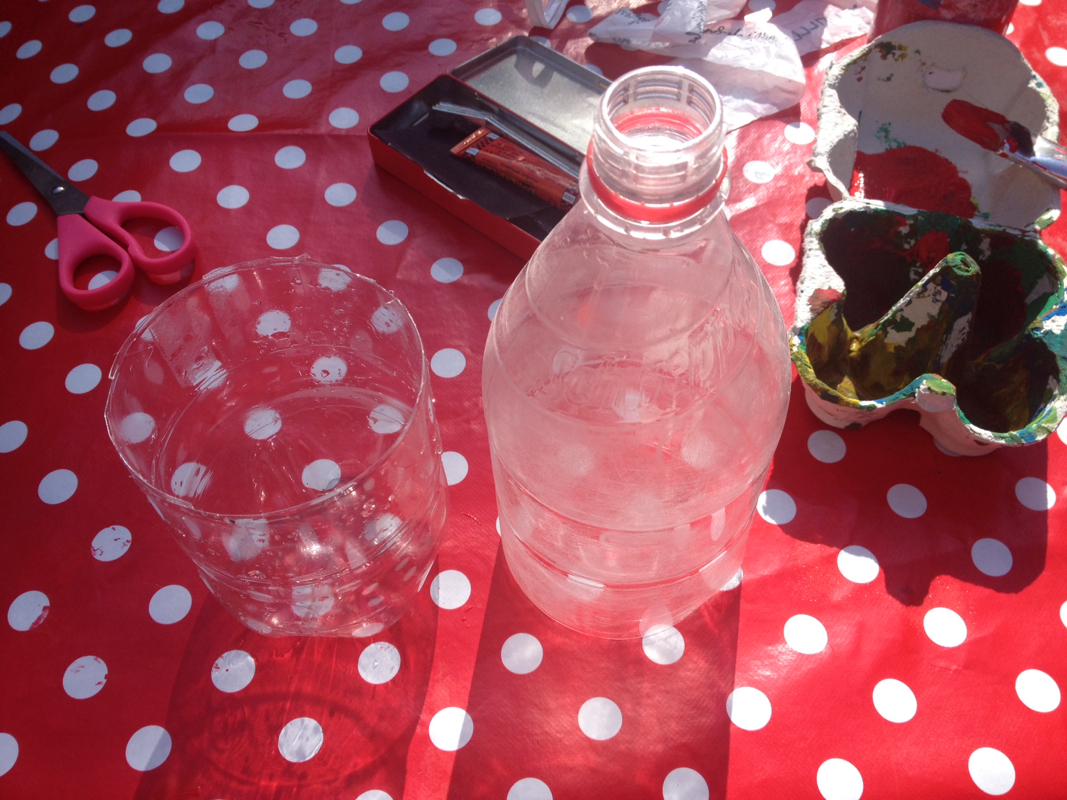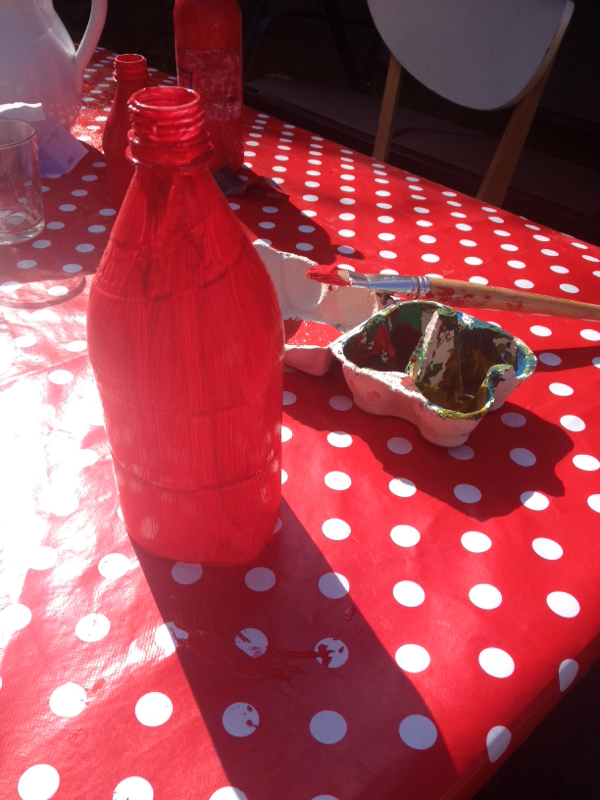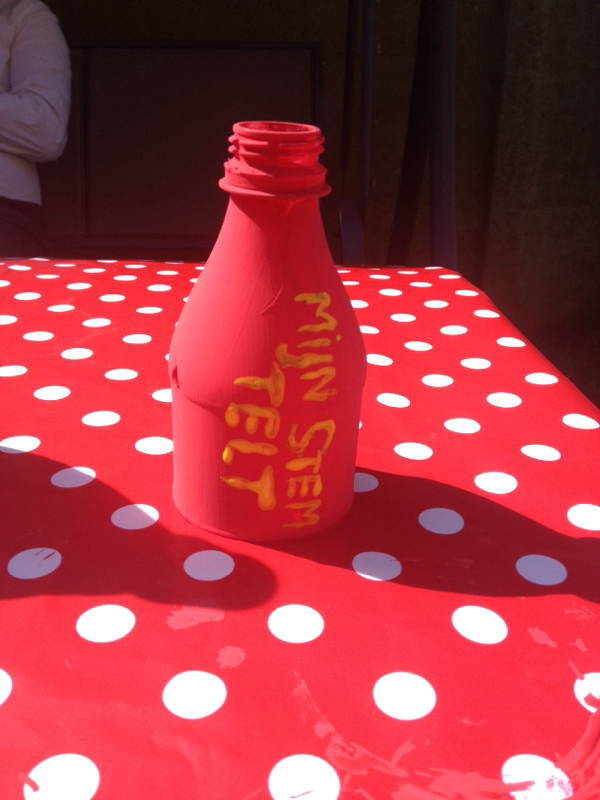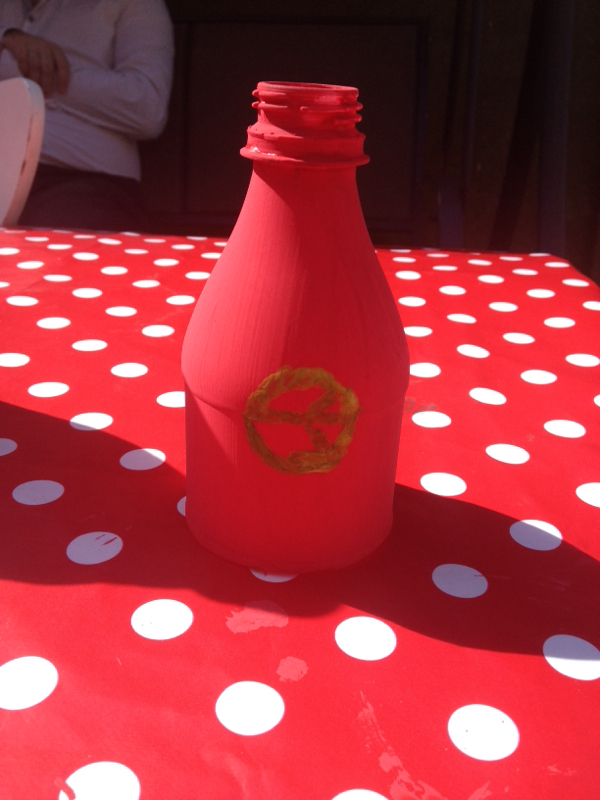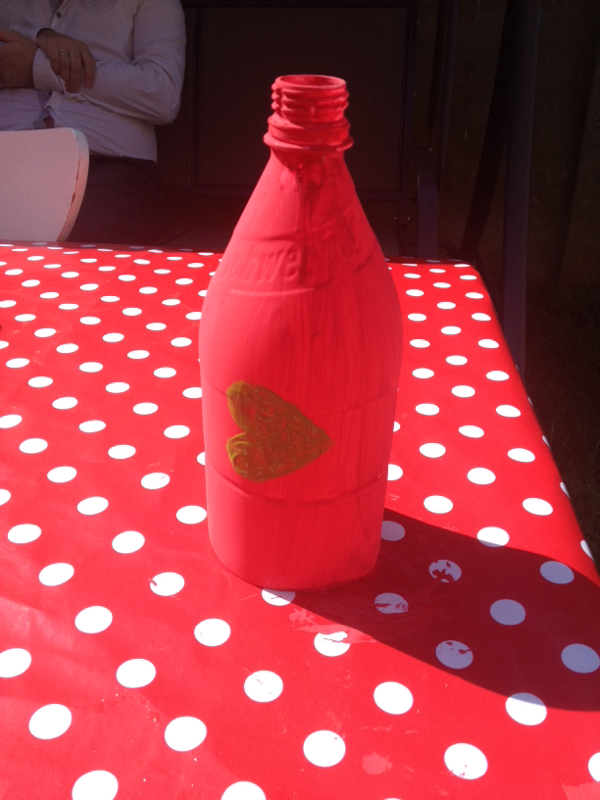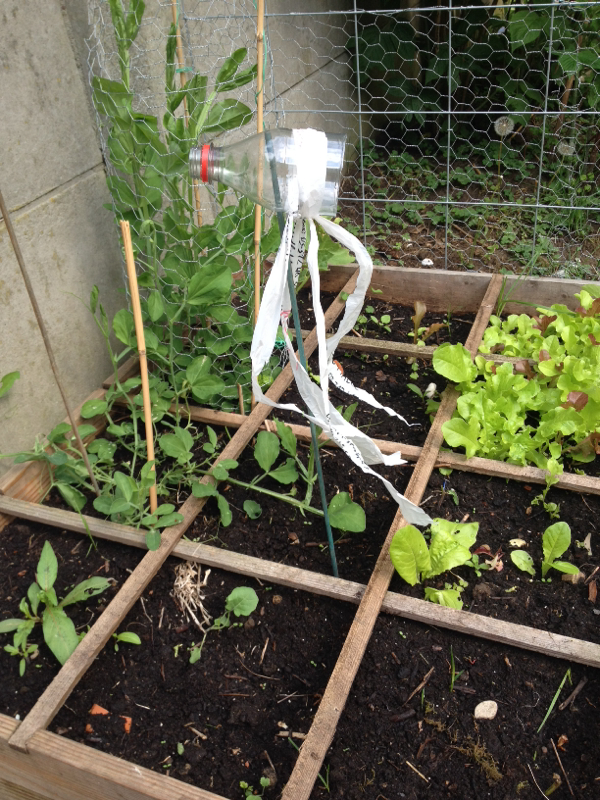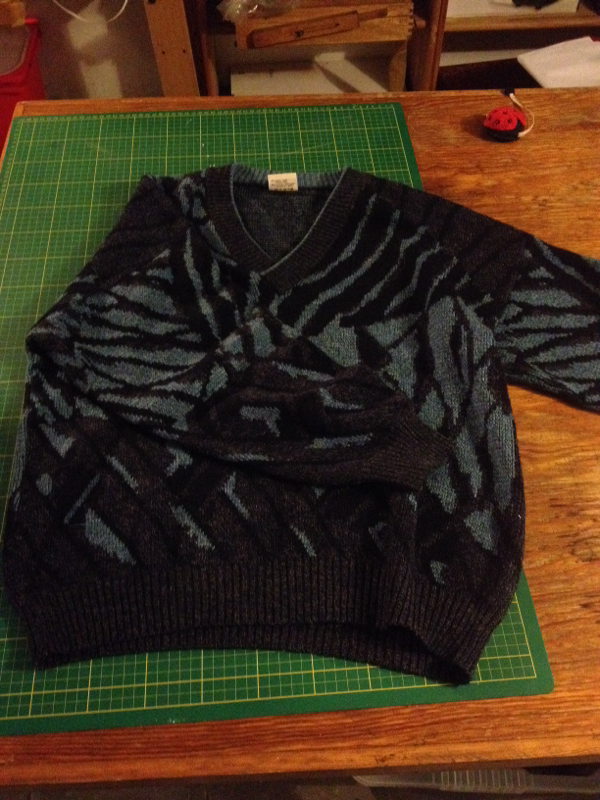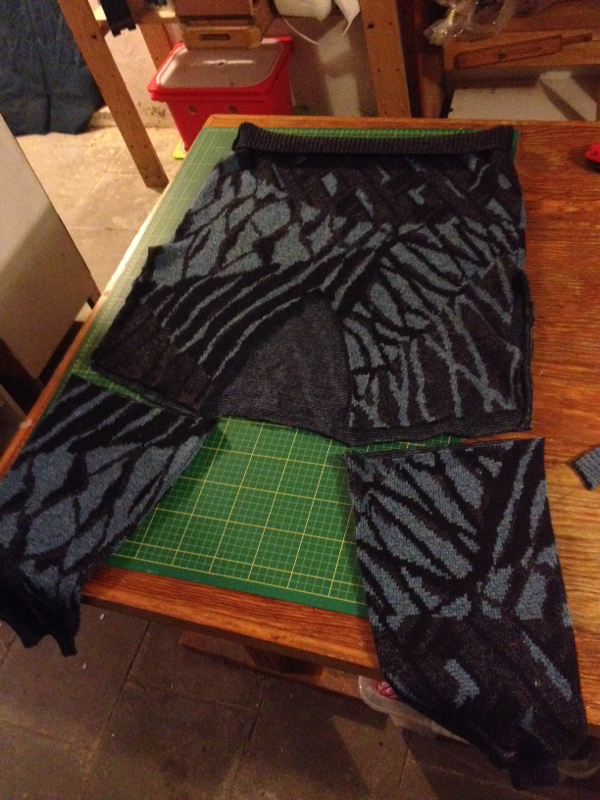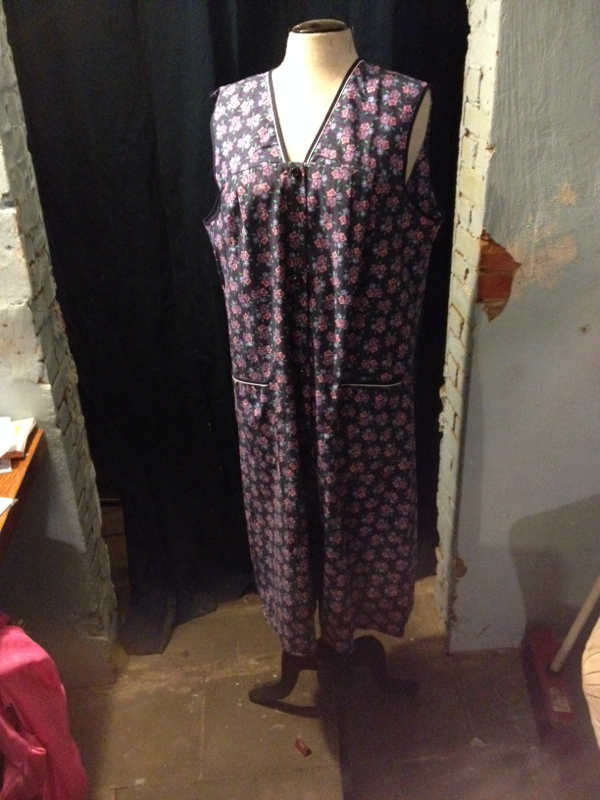I suppose I am a newer generation of feminist, who believes in the right for women to choose for themselves, in bodily autonomy, and where handwork and crafts, much like pink, are of no less value than black and business plans. How are we going to bring down the patriarchy, if we don’t band together and value each other?
But also: how are we going to bring down the patriarchy if the planet is burning? So I would suggest we start the way everything starts: with something small. If we mend the clothes we have, we won’t need to buy anything new. You don’t need to be good at sewing (it helps though), you don’t need to be able to make your own clothes. Start with what you have, and go from there. When an item of clothing is unsalvageable: strip it for parts. Keep the buttons, zips, fabric scraps. Keep them in sweetie tins and mint tins and jam jars. If you have a matching set of buttons, string them together with some string, or even on a bent paperclip! Channel that granny energy, because their pattern of consumption was much more sustainable.
When I sew or mend, I feel connected to my ancestors. They quietly (I think) mended and darned and curated, and loved, and hated all of it. I feel connected to the person who made my clothes, whether it is me, my mum, or somebody who likely wasn’t paid near enough for their work.
I love visible mending, because it is such a revolutionary statement. I am emphasizing the fact that I choose to mend something, over sponsoring a very sick and polluting industry. It allows me to show my personality, my taste, my art, my love for the person I am mending for. I mend with scraps from other garments, or scraps that my mother had held onto, or even buttons that came from my grandmother’s (or grandmother-in-law’s!) stash.
Do you want to join this little revolution? I believe strongly we need to do this in community. Sad and lonely hearts only become bitter and vengeful. Let’s combat this cold society by mending our clothes and each other. Tell me about your latest mend, your first ever mend, your favourite mend!
 RSS Feed
RSS Feed 
